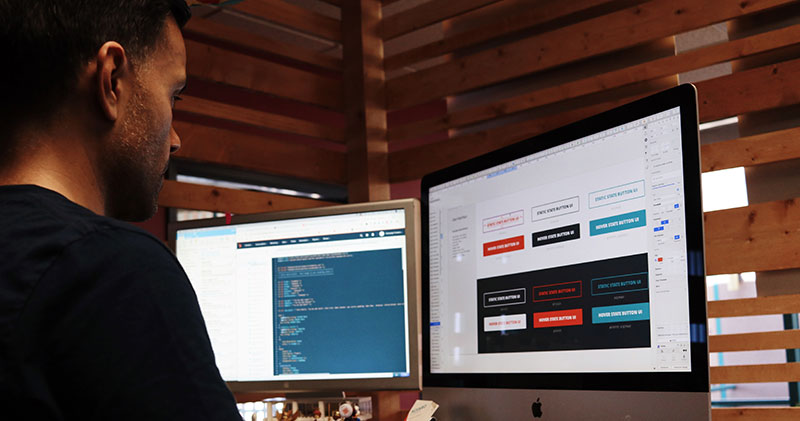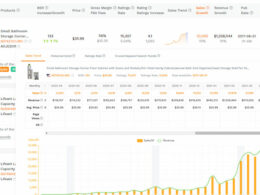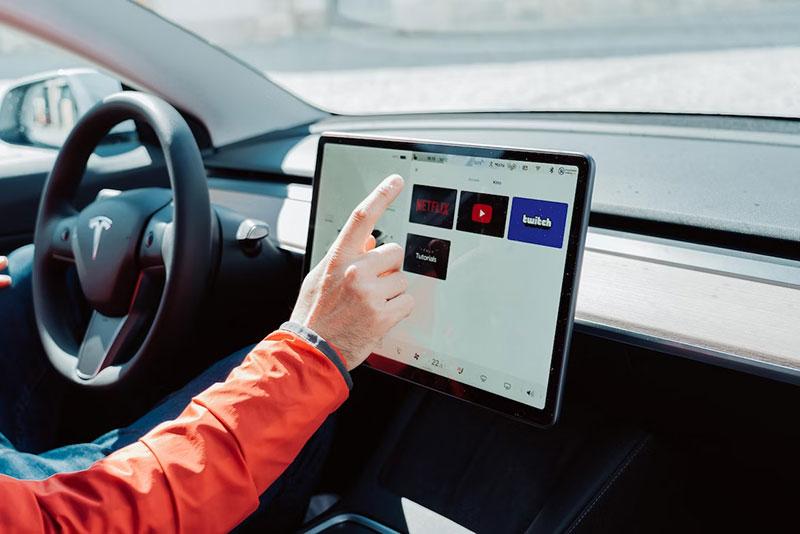Web Aesthetics: The Best Design Tools for Your Site

When it comes to web design, aesthetics play a pivotal role in captivating your audience and leaving a lasting impression. The visual appeal of a website can significantly impact how users perceive and interact with it. In this article, we’ll explore a range of top-notch design tools that web designers can leverage to create stunning websites that leave visitors in awe. Whether you’re a seasoned designer or just starting, these tools will empower you to bring your creative vision to life and elevate your site!
1. Understanding the Power of Web Aesthetics
First impressions matter, and your website’s aesthetics are the key to positively impacting your visitors. Clean layouts, attractive visuals, and thoughtful use of color can instantly capture attention and communicate your brand’s identity. A well-designed website impresses users and increases their trust in your content and services.
2. The Role of Color Palettes in Website Design
Colors evoke emotions and influence perceptions. Selecting the right color palette is essential to create a visually appealing website. Harmonious color combinations can evoke feelings like trust, excitement, or tranquility. Consider your brand’s personality and emotions when choosing your color palette.
3. Typography: Choosing the Right Fonts
Typography is more than just selecting fonts; it enhances readability and establishes your website’s personality. Choose fonts that complement your brand and are easily read across different devices. Strive for a balanced mix of fonts for headings, subheadings, and body text to maintain visual interest.
4. Visuals That Speak Louder Than Words
Engaging visuals can tell a compelling story and resonate with your audience more effectively than words alone. Invest in high-quality images and graphics that align with your brand’s message. Infographics and vector icons can simplify complex information and make your content more digestible. Use an image upscaler if needed to improve image quality.
5. Seamless User Experience with Intuitive Navigation
A well-structured and intuitive navigation system keeps visitors engaged and reduces bounce rates.
Ensure your website’s menu is easy to find and navigate, enabling users to access different sections effortlessly. Implement breadcrumbs and clear calls-to-action to guide users’ journey on your site.
You can also use a one-page website, combining beautiful design, usability, and compelling messaging, giving a concise yet captivating experience.
6. Embracing White Space for Elegance
White space, or negative space, is the empty space between elements on a web page. Embracing white space can provide a sense of elegance and sophistication, allowing your content to breathe and preventing visual clutter. It enhances readability and draws attention to essential elements on the page.
7. Mobile Responsiveness: Designing for All Devices
In the age of smartphones and tablets, a mobile-responsive design is non-negotiable. Your website must adapt seamlessly to various screen sizes and resolutions. Mobile-friendly designs ensure users have a positive experience regardless of the device they use to access your site.
8. Harmonizing Elements with Grid Systems
Grid systems bring order and consistency to your website’s layout, making it visually pleasing and easy to navigate. You create a sense of harmony and professionalism by aligning elements to a grid. Grids also assist in maintaining a consistent visual hierarchy across your pages.
9. The Magic of Interactive Elements
Engaging your audience goes beyond visuals and text. Incorporate interactive elements like sliders, carousels, and pop-ups to make the user experience dynamic and enjoyable. Interactive features encourage users to explore and spend more time on your site.
10. Striking a Balance between Text and Graphics
Balancing textual content with visuals is crucial for an aesthetically pleasing website. Walls of text can overwhelm users, while too many graphics can make the site look cluttered. Strike a harmonious balance between the two, ensuring each complements the other and enhances the overall user experience.
11. Optimizing Load Times for Better Performance
In a fast-paced world, users expect websites to load quickly. Optimizing images, using caching mechanisms, and reducing unnecessary scripts are some ways to improve your site’s loading speed. Faster load times enhance user experience and positively impact your site’s search engine rankings.
12. Ensuring Consistency Across Pages
Consistency is the key to a professional-looking website. Maintain a uniform design language, color scheme, and typography throughout all your pages. Consistent branding helps users recognize your site and fosters a sense of trust and reliability.
13. Tailoring Designs for Your Target Audience
Understanding your target audience is essential for effective web aesthetics. Tailor your design choices to match their preferences and needs. Research their demographics, interests, and behavior to create a website that resonates with them on a deeper level.
14. The Art of Call-to-Action: Engaging Your Visitors
A well-crafted call-to-action (CTA) can lead visitors to take desired actions, such as purchasing or subscribing to a newsletter. Use persuasive language, contrasting colors, and strategic placement to draw attention to your CTAs and increase conversions.
15. Regular Updates and Maintenance: Keeping It Fresh
Web aesthetics evolve, and keeping your site fresh and up-to-date is essential. Regularly update content, images, and design elements to stay relevant and appealing to your audience. Additionally, ensure that all features and functionalities work correctly for a smooth user experience.
FAQs
How can I choose the right color palette for my website?
Consider your brand’s personality and the emotions you want to evoke. Use online tools like color palette generators to find harmonious combinations.
Is mobile responsiveness really that important?
Absolutely! With most internet users accessing websites through mobile devices, responsiveness is critical to ensure a positive user experience.
Can I use multiple fonts on my website?
Yes, but maintain consistency and limit the number of fonts to maintain a professional appearance.
Why is interactive content essential for my site?
Interactive elements engage users and encourage them to explore, increasing time spent on your site and improving user satisfaction.
How often should I update my website’s content?
Regular updates are crucial to keep your site fresh and relevant. Aim to update important content at least once every few months.
In conclusion, web aesthetics are the gateway to captivating your audience and elevating your website’s success. By leveraging the best design tools, understanding your audience, and staying up-to-date with the latest trends, you can create a visually stunning and user-friendly website that leaves a lasting impression on every visitor. Remember, aesthetics and functionality go hand in hand in crafting an exceptional web experience. So, go ahead and unleash your creativity with these powerful design tools!
- The Rise of Account Planning Software in B2B - May 7, 2024
- Professional Networking: Essential Apps Like LinkedIn - May 7, 2024
- Steps to Ensure the Safety of Business and Customer Information - May 7, 2024








